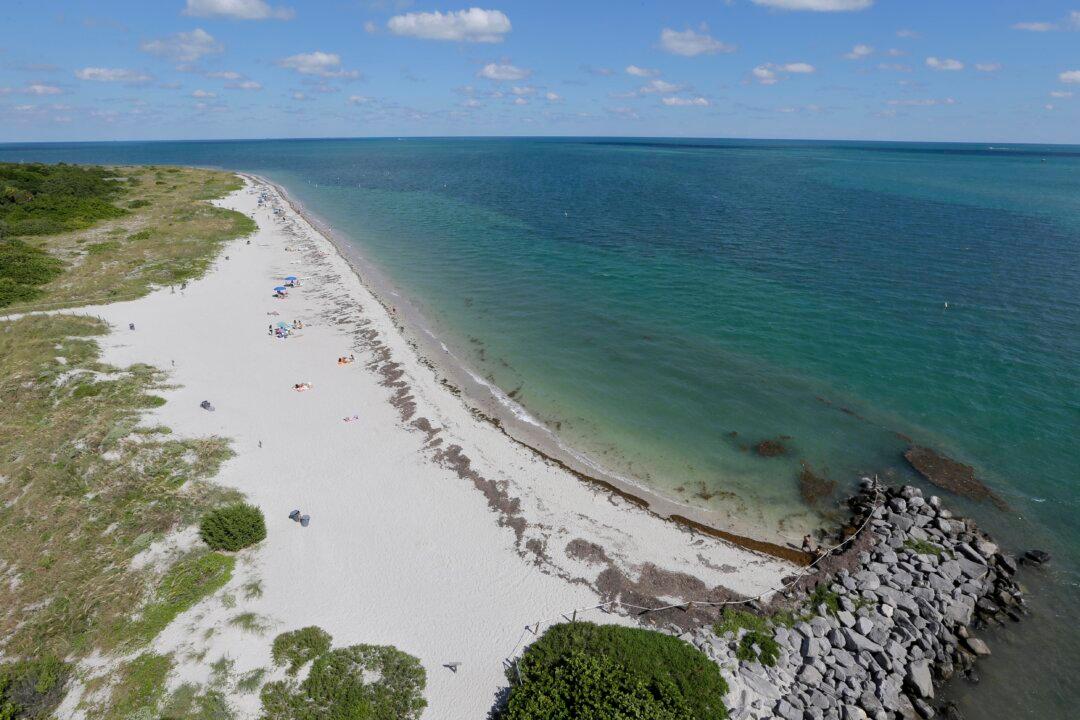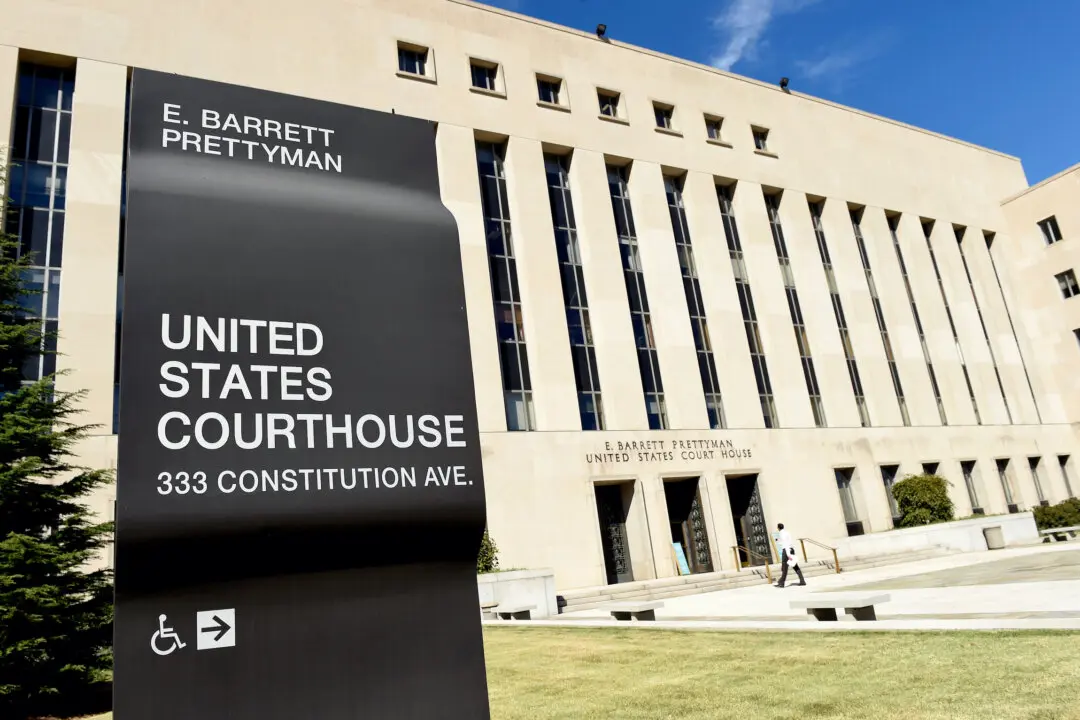PROVIDENCE, R.I.—A loud boom that knocked a Rhode Island beachgoer out of her chair is still a mystery days later, and with no evidence of an explosive device and few clues in the sand, investigators and scientists are wondering whether this was a bizarre case of nature acting up.
Among the theories that have been floated: some kind of seismic event, or a methane explosion caused by decayed seaweed or other organic matter under the sand.
“I must confess to not understanding this particular unexplained event,” said Stephen Porder, associate professor of ecology and evolutionary biology at Brown University. “Everything at this point is entirely speculation.”





